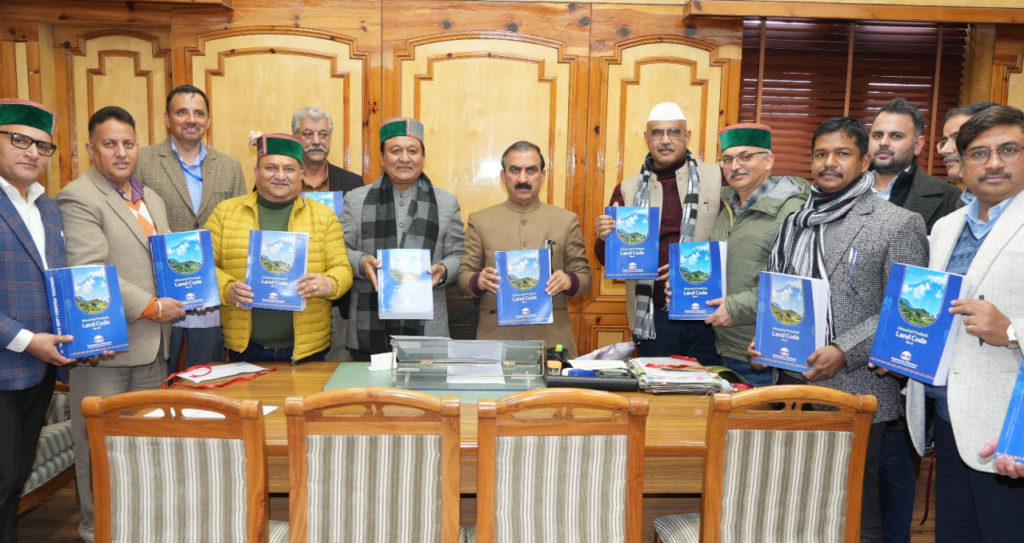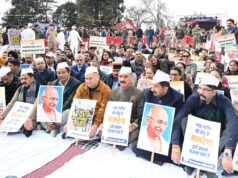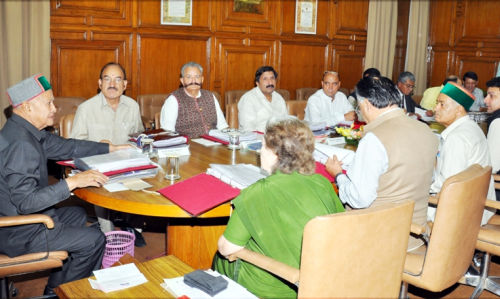Shimla – In a significant move aimed at streamlining land-related matters, Chief Minister Sukhvinder Singh Sukhu unveiled the updated version of the Himachal Pradesh Land Code today. The comprehensive document encompasses laws pertinent to land issues within the Revenue Department and various other departments, consolidating a total of 64 Acts, 59 Rules, and approximately 340 notifications and guidelines.
The Chief Minister highlighted that the first edition of the Himachal Pradesh Land Code was originally published in 1992 and had not undergone any subsequent amendments. Recognizing the evolving landscape of land laws and guidelines, Singh Sukhu emphasized the need for a revised and updated code to address contemporary challenges.
“This new Land Code will be made readily available in the offices of the Deputy Commissioner, SDM’s, and Tehsil offices, ensuring easy access to updated information on all acts, rules, notifications, and guidelines pertaining to the department,” stated Chief Minister Singh Sukhu. He emphasized that this accessibility would facilitate government officials in efficiently resolving revenue-related matters, ultimately providing relief to the citizens.
Singh Sukhu recalled that the present government, in its inaugural budget, had pledged to compile a new land code within the Revenue Department. The fulfilment of this commitment marks a significant milestone for the administration. The Chief Minister also highlighted the government’s proactive approach in organizing Revenue Lok Adalats during the last two days of each month, focusing on expeditious disposal of land-related cases.
Since October 2023, these adalats have successfully resolved a record-breaking 89,091 mutation cases and 6,029 pending partition cases on the spot. This remarkable achievement underscores the dedication of the State Government to promptly address and resolve the land-related issues faced by the people.
The updated Land Code is expected to serve as a crucial reference point for government officials, legal practitioners, and the general public alike, fostering transparency and efficiency in the administration of land laws within the state.















